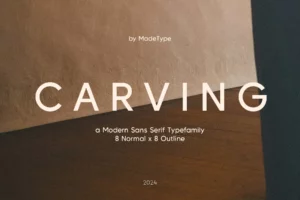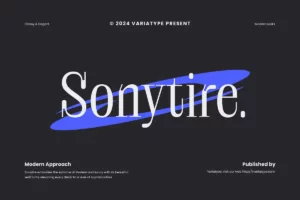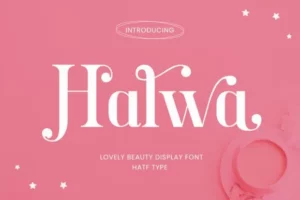Moule Font
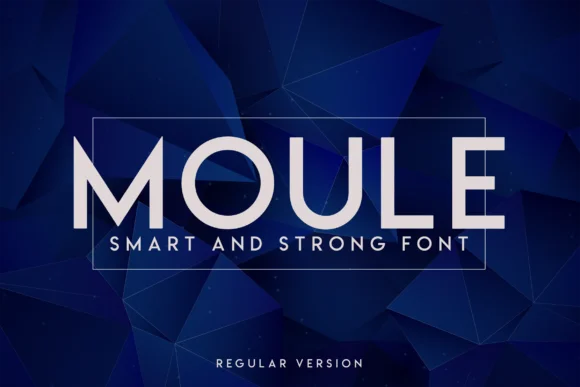
As of my last update, Moule Font is not a widely recognized term within the public domain or professional circles related to typography or linguistics. It’s possible that “Moule Font” refers to a specific type or design of font that might be proprietary, part of a private collection, or perhaps a term used within a niche community.
Fonts are crucial in digital and print media, conveying written information and adding personality, tone, and style to the text. Without specific details about “Moule Font,” it is advisable to consult a comprehensive database of fonts or reach out to typography communities for more information.
You can find more free sans-serif fonts here.
Uppercase, Lowercase & Symbols Font

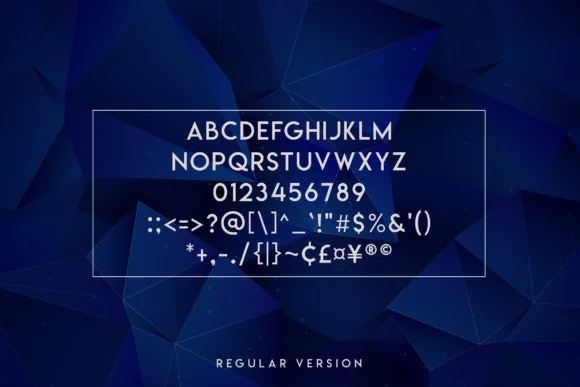
History of Moule Font
Moule Typeface is a contemporary interpretation of the Didone or modern classification of serif typefaces. To fully understand the impact and allure of the Moule Font, it’s essential to travel back to the nineteenth century when the Didone typefaces first emerged. With their high contrast between thick and thin lines, these typefaces were favoured for their elegance and readability, becoming a staple in the publication industry.
Fast-forward to present times, this font has revitalized these historical designs, infusing them with a versatile character at home on a vintage poster like on a sleek, modern website. The font’s name is a nod to the history it embraces, with “Moule” being the French word for mould as if the type has been cast from an era long past.
Characteristics of Moule Font
Moule Font is more than just a letterform — it’s a bridge between the past and the present. Its notable characteristics include:
- High Contrast: Like the original Didone typefaces, Moule features a striking difference between the thick and thin elements of the letters, adding a dynamic flow to the text.
- Geometric Structure: This font has a geometric precision that gives the type a contemporary edge while maintaining the elegant proportions of older typefaces.
- Proportions: The proportions are balanced and humanistic, making the type readable and aesthetically pleasing.
- A Variety of Weights: Moule is available in various weights, giving designers the flexibility to create nuanced designs.
Usage of Moule Font
Moule Font’s flexibility extends to how it can be used. It’s a chameleon, adapting to the needs of a broad range of design projects. Here are some ways it’s making a mark:
In Print
Moule’s high contrast and elegance make it a natural fit for high-end editorial work. Magazines and book covers benefit from their ability to command attention while remaining approachable.
On the Web
When used carefully, Moule can bring a sense of sophistication to website design. Its clarity and detail shine through, creating a refined experience for the reader.
Branding and Logo Design
Moule has the versatility to become a brand’s voice, whether relaying heritage, modernity, or a blend of the two. Logos designed with Moule tend to be memorable and distinct.
Signage and Posters
The larger the canvas, the more impact Moule Font seems to have. From storefront windows to billboards, its unique character draws the eye and delivers a message with flair.

